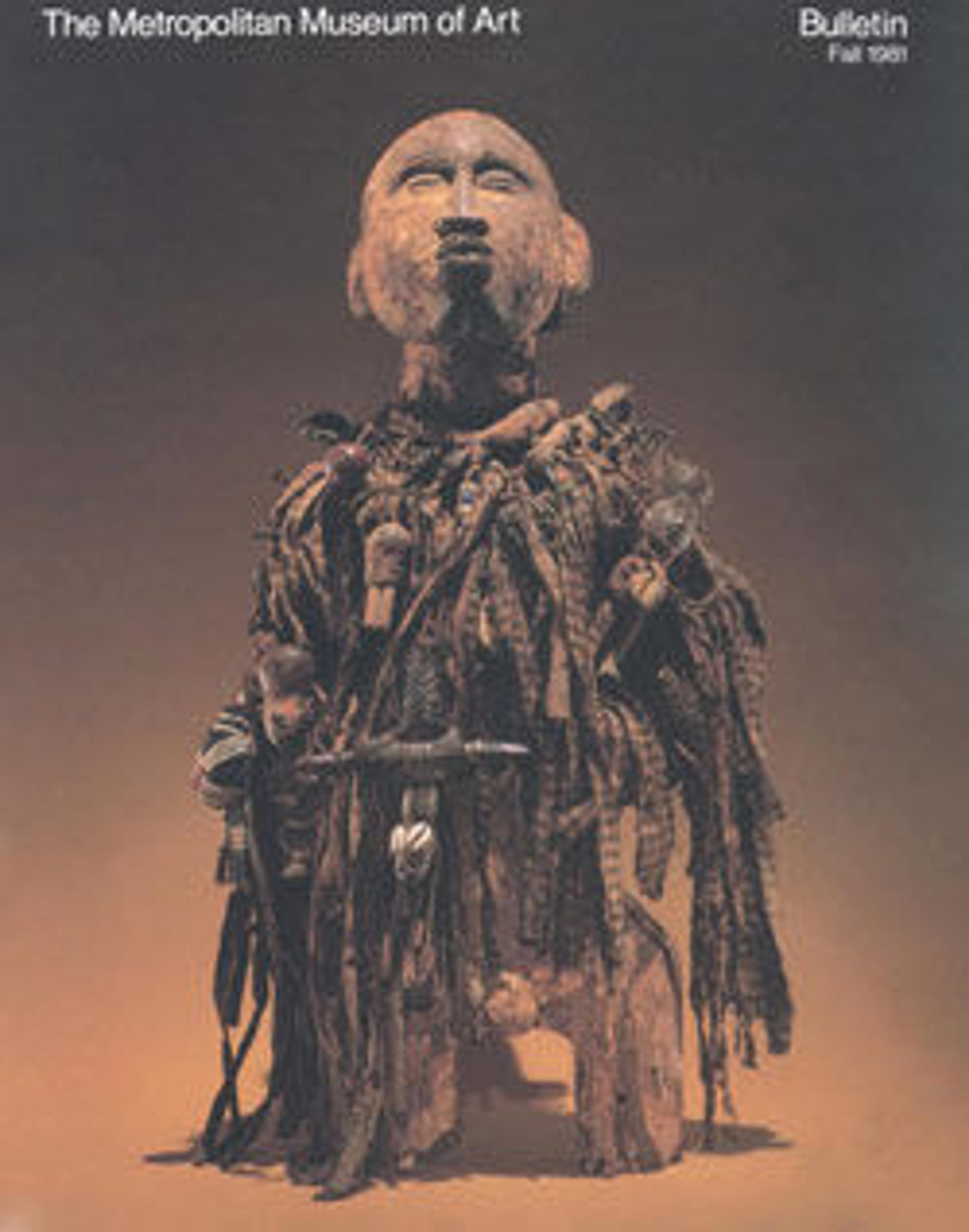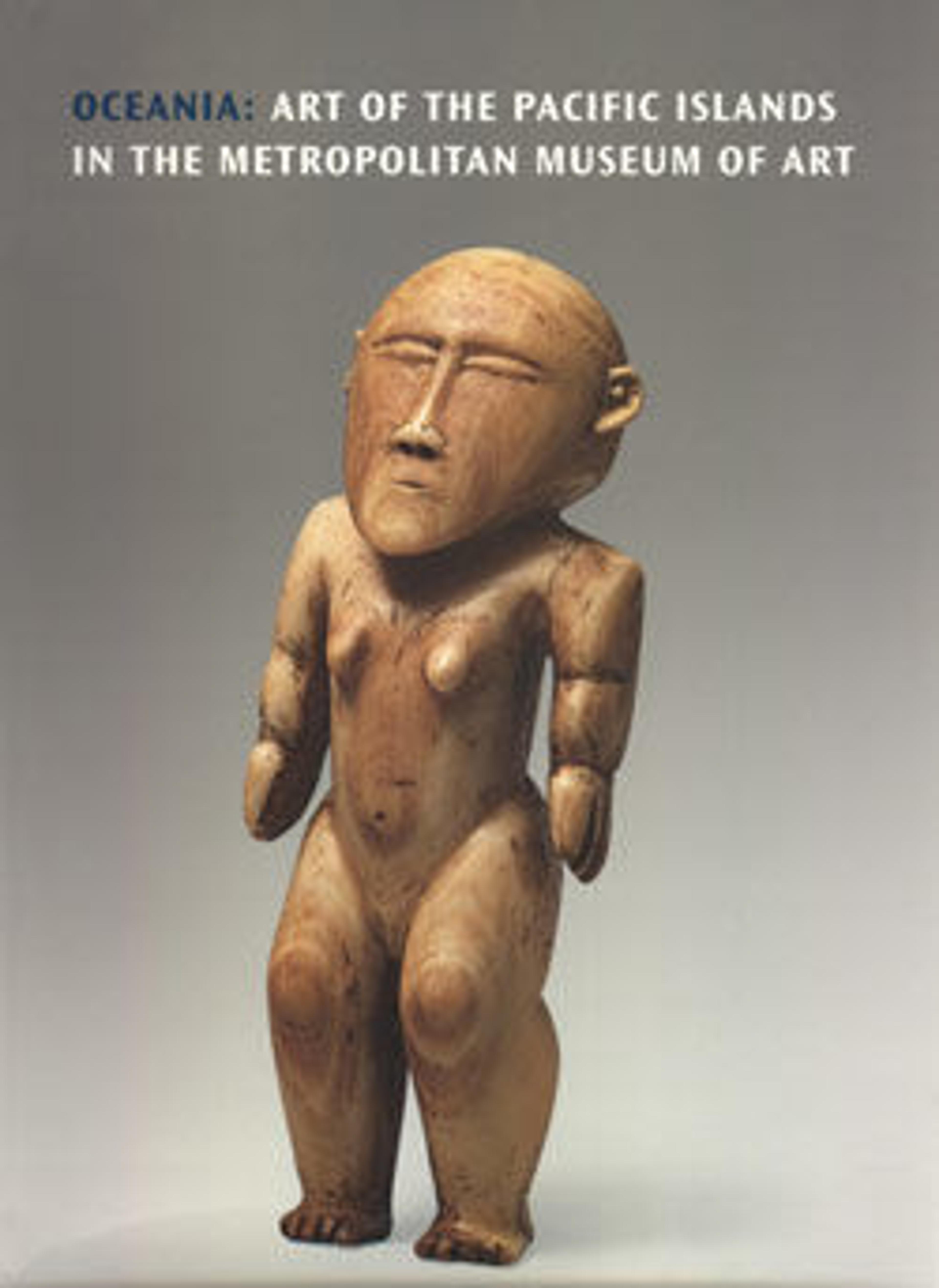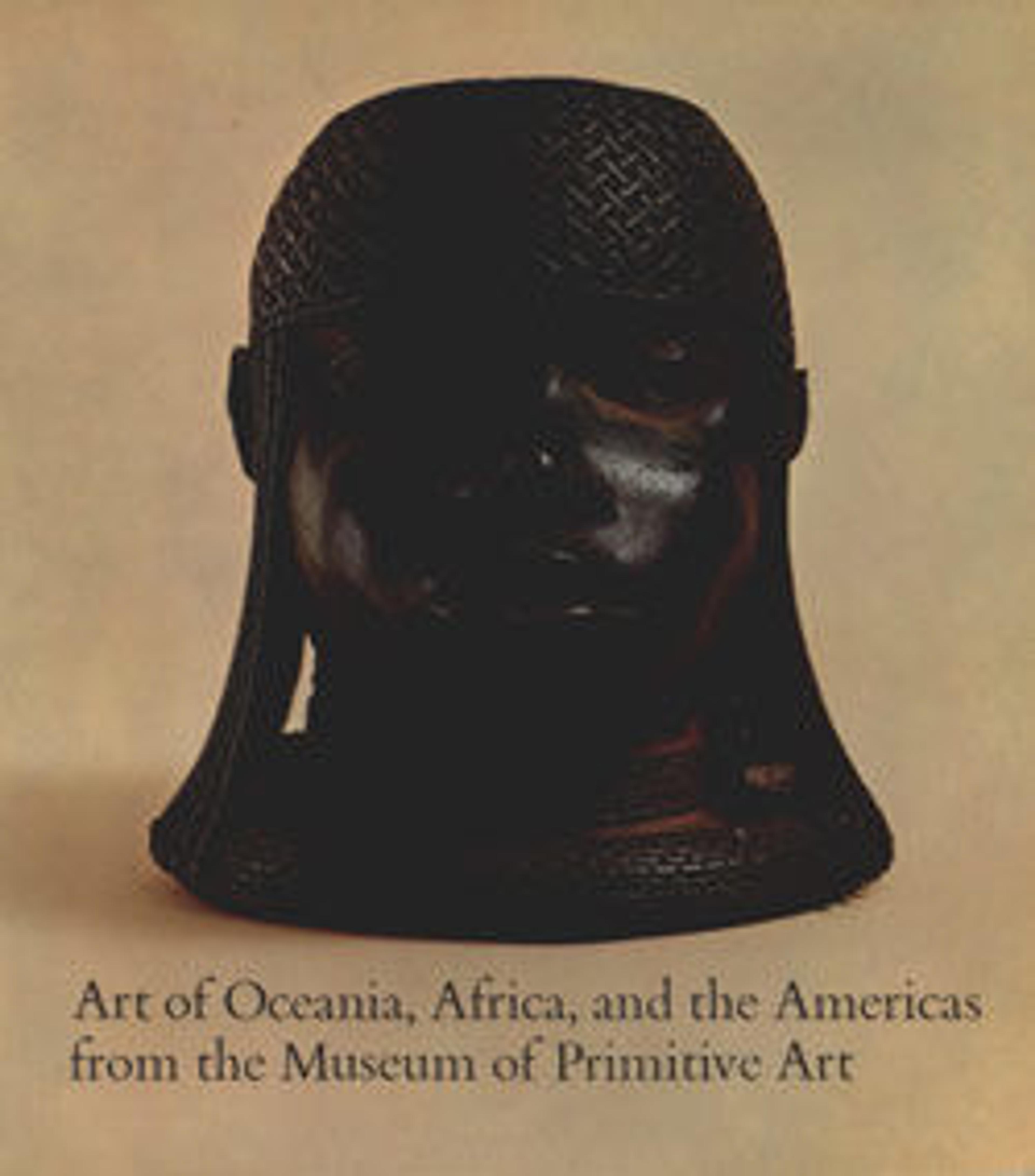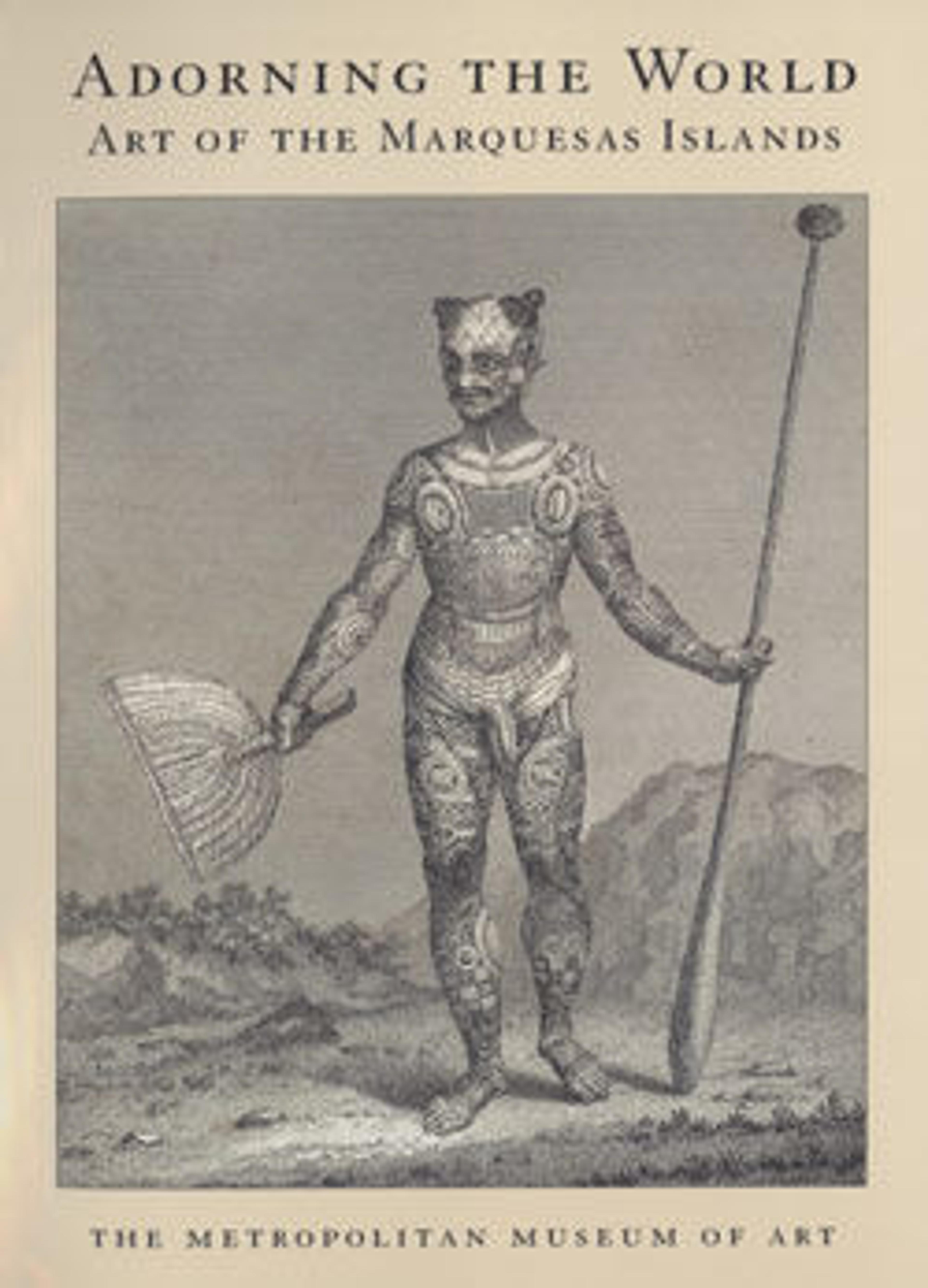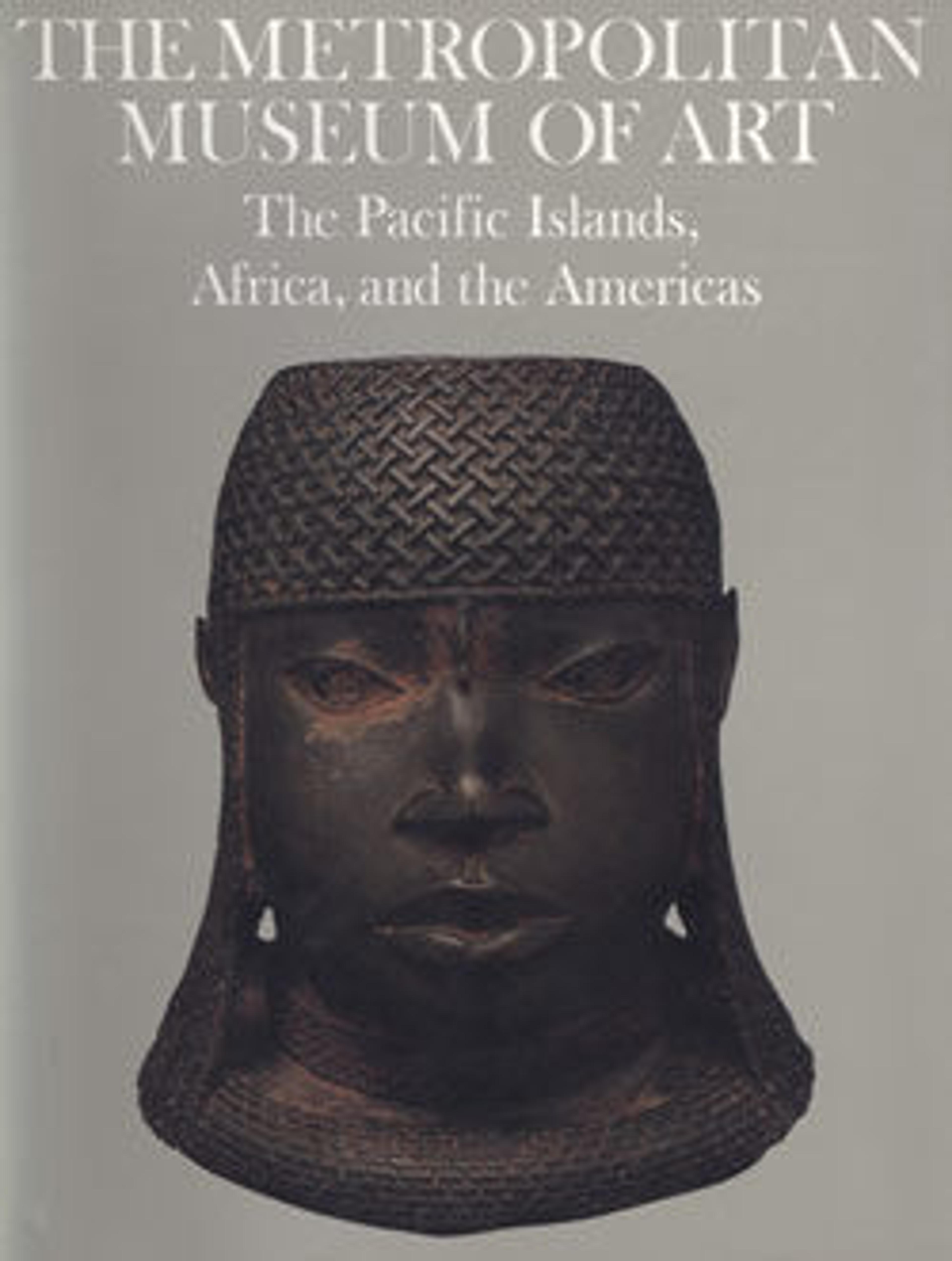
The Metropolitan Museum of Art. Vol. 12, The Pacific Islands, Africa, and the Americas
The Pacific Islands, Africa, and the Americas presents the art of three large areas of the world where vital cultural traditions have flourished for centuries—indeed for millennia—separate from the artistic traditions of the West. The art of these areas is thus highly individual, formed by dynamic, autochthonous societies and informed by their own valued heritage and traditions. Today, it is an art unfamiliar to many Western viewers even though the last hundred years have seen an explosion of interest in these regions. Researchers, artists, travelers, merchants, and many others have greatly expanded our awareness of the peoples and cultures of these vast and distant places.
Included in this volume is a broad selection of the arts of these areas now housed in the Metropolitan Museum's Michael C. Rockefeller Wing. From the Pacific appear the extraordinary memorial poles made by the Asmat peoples of Irian Jaya in western New Guinea, and the commanding works of the Sepik region of Papua New Guinea. Other objects range from a New Ireland funerary carving to a Maori feather box from New Zealand, and important male figures from the Gambier and Easter islands in Polynesia. The African sculptures illustrated in this volume come from the forest and savanna areas south of the Sahara Desert. A compelling thirteenth-century terracotta figure from the ancient city of Jenne is the earliest African work in the collection. Numerous royal sculptures in bronze and ivory—including a magnificent sixteenth-century ivory mask—document the five-hundred-year history of art in the southern Nigerian kingdom of Benin. Wood figures and masks illustrate the diversity of styles in African art—from the stark geometry of the Dogon seated couple and the subtle abstraction of the great Fang head, to the spiritual presence of the Kongo power figures and the lush detail and expressive sensitivity of the famous Luba "Buli Master" stool.
Precolumbian America is represented by works spanning a period of about twenty-five hundred years. The earliest objects here are ceramic and jade sculpture of the Olmec peoples of Mexico. A unique Maya sculpture in wood of a seated figure—the only known three-dimensional Maya wood object to have survived the ravages of a tropical rain-forest environment&mdsah;and one of the gems of the collection is also here. A rich selection of Precolumbian gold objects from Central America, Colombia, and Peru document this strong area of the Museum's holdings. And Peru, whose dry coastal sands have preserved fragile, otherwise easily perishable works, is further represented by such pieces as the great hangings of brilliant blue-and-yellow parrot feathers.
Met Art in Publication
You May Also Like
Press the down key to skip to the last item.
Citation
———, eds. 1987b. The Islamic World. New York: The Museum.
